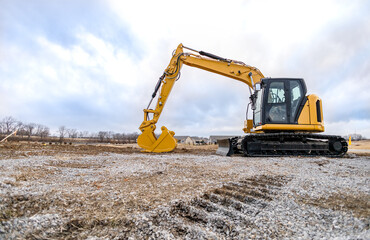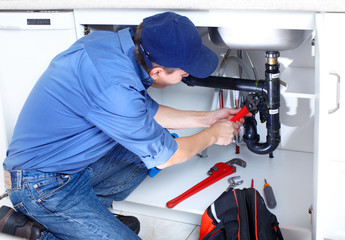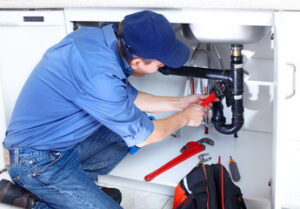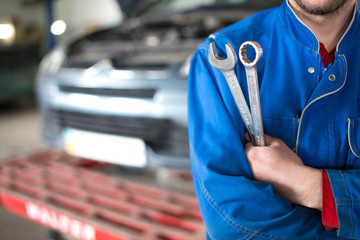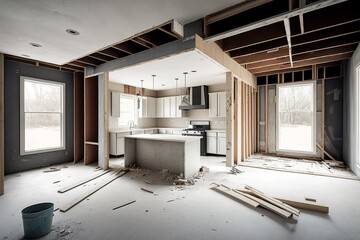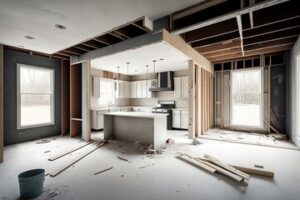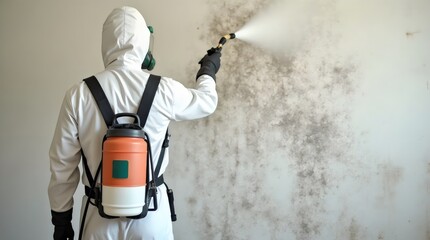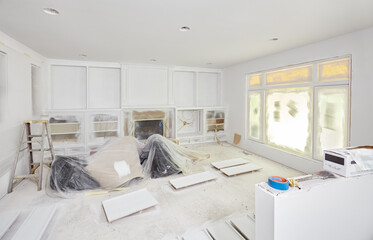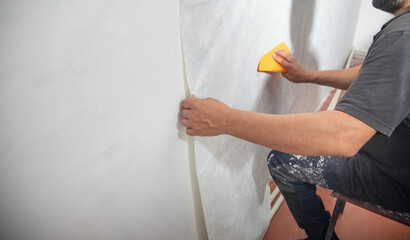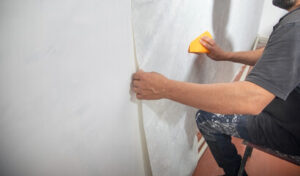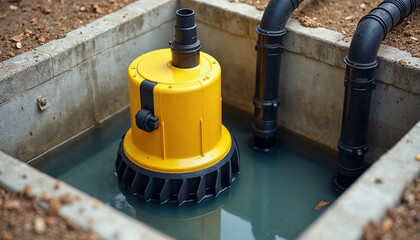Land Clearing Bee Cave TX plays a vital role in preparing areas for new projects and development. It involves the removal of trees, shrubs, and other vegetation to create a usable space. This process helps in leveling the ground and making it suitable for construction or agriculture. Proper planning and execution are essential to ensure minimal environmental impact.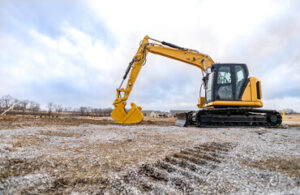
One of the key benefits of land clearing is improving soil health. Overgrown vegetation can deplete nutrients and reduce soil quality. Removing unwanted plants allows for better water absorption and nutrient circulation. This creates a more fertile environment for future growth.
Land clearing enhances the safety of a site by reducing fire hazards. Dry vegetation and undergrowth can become fuel for wildfires. Removing them decreases the risk of fire spreading. It also creates safer conditions for workers and residents.
Efficient land clearing increases the usability of the land. It opens up space for farming, construction, and infrastructure development. Proper clearing ensures the land is leveled and free from obstructions. This allows for more efficient use of the space.
Clearing land also helps control pests and invasive species. Overgrown areas can harbor insects and rodents. Removing these hiding spots reduces the presence of harmful pests. This leads to a healthier environment for both plants and animals.
The process of land clearing involves several methods. Mechanical clearing uses heavy equipment to remove large trees and debris. Manual clearing relies on hand tools for smaller areas or delicate operations. Controlled burning is sometimes used to clear undergrowth quickly and efficiently.
Tree removal is often a significant part of land clearing. Large trees can pose a challenge due to their deep roots and heavy trunks. Specialized equipment helps to cut and lift trees safely. Removing trees allows for more flexibility in land use.
Stump grinding is an important step in the clearing process. Leftover stumps can obstruct development and pose tripping hazards. Grinding them down ensures the surface is even and ready for use. It also prevents new growth from emerging from the roots.
Mulching is a sustainable method of land clearing. Instead of discarding debris, it is processed into mulch. Mulch improves soil quality and helps retain moisture. This approach reduces waste and supports long-term soil health.
Erosion control is a critical aspect of land clearing. Removing vegetation exposes the soil to wind and water erosion. Installing barriers and planting cover crops help stabilize the soil. Proper erosion control prevents loss of valuable topsoil.
Land grading follows after the clearing process. It involves leveling the ground to create a stable surface. Grading improves drainage and prevents water pooling. This ensures the land remains suitable for development.
Soil testing is often performed after land clearing. This helps determine the nutrient content and soil structure. Amending the soil with fertilizers or organic matter improves its quality. Healthy soil supports better plant growth and structural stability.
Permits and regulations must be considered before clearing land. Local guidelines often dictate how and when clearing can occur. Compliance with these rules avoids legal complications. Proper documentation ensures the project proceeds smoothly.
Environmental impact assessments are sometimes required. These studies evaluate the effects of land clearing on local ecosystems. Identifying potential harm allows for the creation of mitigation strategies. Responsible clearing balances development with environmental protection.
Land clearing can uncover hidden hazards. Old wells, septic tanks, and buried debris may be discovered. Identifying and addressing these issues ensures the land is safe for future use. Professional inspections help detect hidden risks.
Proper disposal of cleared material is essential. Burning debris requires permits and safety precautions. Transporting debris to recycling centers or landfills ensures responsible waste management. Sustainable disposal practices minimize environmental impact.
Land clearing can improve property value. A well-cleared and maintained site is more attractive to buyers and developers. Clean, level ground increases the potential for profitable use. This makes the property more marketable.
Vegetation management is necessary after clearing. Removing invasive plants prevents them from regrowing. Introducing native species helps restore balance to the ecosystem. Ongoing maintenance keeps the land in optimal condition.
Land clearing supports infrastructure development. Roads, buildings, and utility lines require cleared land for construction. Proper clearing creates a stable foundation for these projects. This facilitates faster and more efficient development.
Clearing land also benefits agriculture. Removing overgrowth allows for better sunlight exposure and soil access. Farmers can plant crops more effectively on cleared land. Improved soil quality boosts crop yields and farm productivity.
Wetland preservation is often a consideration during land clearing. Some areas are protected due to their role in water filtration and wildlife habitat. Identifying and preserving wetlands ensures ecological balance. Responsible planning minimizes disruption to these areas.
Land clearing also plays a role in improving drainage. Removing obstructions allows water to flow naturally through the land. Proper drainage reduces the risk of flooding and soil erosion. It also supports healthier plant growth.
Tree replanting is sometimes part of the clearing process. After development, planting trees helps restore ecological balance. Native species are often chosen for their resilience and environmental benefits. This promotes biodiversity and long-term sustainability.
Noise and dust control measures are important during clearing. Heavy machinery generates noise and airborne particles. Installing barriers and using water sprays help reduce these effects. Responsible practices minimize disruption to surrounding areas.
Land clearing contractors use advanced equipment for efficiency. Modern machinery allows for precise cutting and debris removal. Skilled operators ensure safe and effective clearing. Proper training and safety protocols are essential.
Clearing land for residential development involves specific considerations. Home construction requires level ground and stable soil. Proper grading and drainage ensure the site remains structurally sound. Clearing also provides space for driveways and landscaping.
Industrial and commercial projects require large-scale clearing. Removing trees and undergrowth creates room for large structures and parking areas. Proper site preparation ensures the ground can support heavy loads. Efficient clearing reduces construction delays.
Land clearing supports renewable energy projects. Solar and wind farms require open, level land for installation. Removing obstructions allows for better energy capture. Proper clearing enhances the efficiency of renewable energy systems.
Community development benefits from well-planned land clearing. Parks, schools, and recreational areas require cleared land for construction. Thoughtful clearing creates safe and inviting public spaces. Sustainable practices ensure long-term community benefits.
Reforestation efforts sometimes follow land clearing. Strategic tree planting helps restore ecosystems and improve air quality. Using native species promotes biodiversity and ecological resilience. This approach balances development with environmental protection.
Land clearing can expose archaeological sites and artifacts. Discovering historical remains requires proper documentation and preservation. Professional oversight ensures these findings are handled responsibly. Protecting cultural heritage adds value to the project.
Wildlife relocation is sometimes necessary during clearing. Professional teams safely relocate animals to suitable habitats. Protecting wildlife supports ecological balance. Responsible clearing minimizes disruption to natural ecosystems.
Land clearing projects benefit from detailed site surveys. Identifying soil composition, vegetation, and drainage patterns guides the clearing process. Comprehensive planning ensures efficient and safe clearing. This reduces the risk of unexpected complications.
Technological advances have improved land clearing efficiency. Modern equipment allows for faster and more precise clearing. GPS and mapping technology enhance planning and execution. This leads to more accurate and cost-effective results.
Land clearing plays a key role in fire prevention. Removing dry undergrowth and dead trees reduces fuel for wildfires. Creating firebreaks helps contain potential fires. Proactive clearing enhances safety for surrounding areas.
Proper land clearing enhances soil stability. Removing root systems and debris allows for better compaction. Stable soil supports building foundations and infrastructure. This ensures long-term structural integrity.
Land clearing supports conservation projects. Removing invasive species allows native plants to thrive. Restoring natural habitats strengthens ecosystems. Responsible clearing promotes long-term environmental health.
The future of land clearing includes sustainable practices. Improved techniques reduce environmental impact while increasing efficiency. Integrating ecological preservation into clearing projects ensures balanced development. Responsible land clearing supports long-term growth and environmental health.
